Managers can find a structured framework to understand the importance and relevance of intellectual capital in their organisations in the "Understanding the Elements of Intellectual Capital" guideline. It delves deeply into the many aspects of intellectual capital, including human, relational, innovation, organisational, process, and structural capital, illuminating their significance and offering management indications.
Indicators of human capital management include staff training levels and retention rates, which highlight the significance of individuals' knowledge, skills, and competencies. Customer happiness and partner engagement are indicators of relational capital, which highlights the importance of external relationships and networks.
Indicators of innovation capital include patent applications, investments in science and new product launches, which aim to enhance inventiveness and flexibility. Indicators like organisational agility and employee turnover rate highlight the importance of systems and structures that facilitate knowledge exchange and collaboration, which is a key component of organisational capital.
The effectiveness and efficiency of operational processes are emphasised by process capital, which uses metrics such as process cycle time and mistake rates to guide management. The worth of a company's patents and trademarks is one indicator of its structural capital, which also includes its proprietary systems and intellectual property.
In order to help managers achieve long-term success and competitive advantage, this guideline lays out all the necessary components, including indications for each. Managers may then use this guideline to tap into and maximise their organisation's intellectual capital.
- Version
- Download 1
- File Size 363.50 KB
- File Count 0
- Create Date September 3, 2024
- Last Updated October 6, 2024


